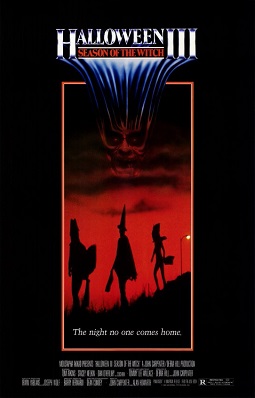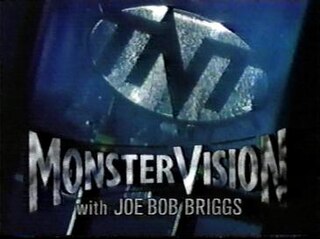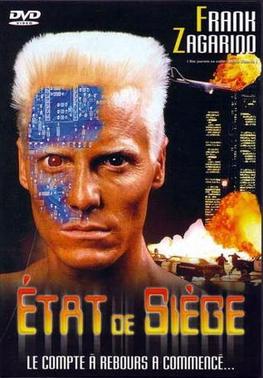
An android is a humanoid robot or other artificial being often made from a flesh-like material. Historically, androids existed only in the domain of science fiction and were frequently seen in film and television, but advances in robot technology have allowed the design of functional and realistic humanoid robots.

Might and Magic is a series of role-playing video games in the science fantasy genre developed by New World Computing, which in 1996 became a subsidiary of The 3DO Company. The original Might and Magic series ended with the closure of the 3DO Company. The rights to the Might and Magic name were purchased for US$1.3 million by Ubisoft, which rebooted the franchise with a new series with no apparent connection to the previous continuity, starting with the games Heroes of Might and Magic V and Dark Messiah of Might and Magic.

Philip Kindred Dick, often referred to by his initials PKD, was an American science fiction writer and novelist. He wrote 44 novels and about 121 short stories, most of which appeared in science fiction magazines during his lifetime. His fiction explored varied philosophical and social questions such as the nature of reality, perception, human nature, and identity, and commonly featured characters struggling against elements such as alternate realities, illusory environments, monopolistic corporations, drug abuse, authoritarian governments, and altered states of consciousness. He is considered one of the most important figures in 20th-century science fiction.

Do Androids Dream of Electric Sheep? is a 1968 dystopian science fiction novel by American writer Philip K. Dick. It is set in a post-apocalyptic San Francisco, where Earth's life has been greatly damaged by a nuclear global war, leaving most animal species endangered or extinct. The main plot follows Rick Deckard, a bounty hunter who has to "retire" six escaped Nexus-6 model androids, while a secondary plot follows John Isidore, a man of sub-par IQ who aids the fugitive androids.
"Second Variety" is a science fiction novelette by American writer Philip K. Dick, first published in Space Science Fiction magazine, in May 1953. Set in a world where war between the Soviet Union and United Nations has reduced most of the world to a barren wasteland, the story concerns the discovery, by the few remaining soldiers left, that self-replicating robots originally built to assassinate Soviet agents have gained sentience and are now plotting against both sides. It is one of many stories by Dick examining the implications of nuclear war, particularly after it has destroyed much or all of the planet.

Science fiction is a film genre that uses speculative, fictional science-based depictions of phenomena that are not fully accepted by mainstream science, such as extraterrestrial lifeforms, spacecraft, robots, cyborgs, mutants, interstellar travel, time travel, or other technologies. Science fiction films have often been used to focus on political or social issues, and to explore philosophical issues like the human condition.

Halloween III: Season of the Witch is a 1982 American science fiction horror film and the third installment in the Halloween film series. It is the first film to be written and directed by Tommy Lee Wallace. John Carpenter and Debra Hill, the creators of Halloween and Halloween II, return as producers. The film stars Tom Atkins, Stacey Nelkin, and Dan O'Herlihy. Halloween III is the only entry in the series that does not feature the series antagonist, Michael Myers. After the film's disappointing reception and box office performance, Michael Myers was brought back six years later in Halloween 4: The Return of Michael Myers (1988).

A gynoid, or fembot, is a feminine humanoid robot. Gynoids appear widely in science fiction film and art. As more realistic humanoid robot design becomes technologically possible, they are also emerging in real-life robot design. Just like any other robot, the main parts of a gynoid include sensors, actuators and a control system. Sensors are responsible for detecting the changes in the environment while the actuators, also called effectors, are motors and other components responsible for the movement and control of the robot. The control system instructs the robot on what to do so as to achieve the desired results.

Westworld is a 1973 American science fiction Western film written and directed by Michael Crichton. The film follows guests visiting an interactive amusement park containing lifelike androids that unexpectedly begin to malfunction. The film stars Yul Brynner as an android in the amusement park, with Richard Benjamin and James Brolin as guests of the park.
Mark Shostrom is a Hong Kong-born American special makeup effects artist for the film industry.
Christopher D. Evans is a British science fiction writer and children's author. His novels include Capella's Golden Eyes (1980); The Insider (1981); Mortal Remains (1995); and Ice Tower (2000). He is the co-editor of three original SF anthologies, Other Edens (1987); Other Edens II (1988); and Other Edens III (1989).
Robotics is the branch of technology that deals with the design, construction, operation, structural disposition, manufacture and application of robots. Robotics is related to the sciences of electronics, engineering, mechanics, and software. The word "robot" was introduced to the public by Czech writer Karel Čapek in his play R.U.R., published in 1920. The term "robotics" was coined by Isaac Asimov in his 1941 science fiction short-story "Liar!"
Charles Louis Fontenay was an American journalist and science fiction writer. He wrote science fiction novels and short stories. His Nonfiction includes the biography of the prominent New Deal era politician Estes Kefauver.

MonsterVision is an American variety series which aired on TNT from June 29, 1991 to September 16, 2000. The show underwent multiple changes throughout its over nine-year run. Initially, the program revolved around a mysterious claymation-style moon character who was featured in the bumpers alongside a creepy-sounding disembodied voice, who served as the narrator for the show and its promos. Additionally, the show was regularly paired alongside the series 100% Weird, which brought viewers even more bizarre films. Later, in June 1993, entertainment duo Penn & Teller guest-hosted MonsterVision marathons featuring mainly old B-Movies from the 1950s and 1960s. Then, by Saturday, July 31, 1993, the narrator of the series became solely a voice-over announcer.
Anthony Clive Barwick was a British television scriptwriter who worked extensively on series created and produced by Gerry Anderson.

Project Shadowchaser, also known as Shadowchaser and Project: Shadowchaser, is a 1992 science fiction film by director John Eyres. It is the first installment in the direct-to-video film series Project Shadowchaser.
Project Shadowchaser II, also known as Shadowchaser II, Night Scenes: Project Shadowchaser II, Night Siege and Armed And Deadly, is a 1994 science fiction film by director John Eyres. It is the second installment in the Project Shadowchaser film series.
Project Shadowchaser IV, also known as Shadowchaser IV, Shadowchaser: The Gates Of Time, Orion's Key and Alien Chaser, is a 1996 science fiction film by director Mark Roper. It is the fourth and final installment in the Project Shadowchaser film series.








